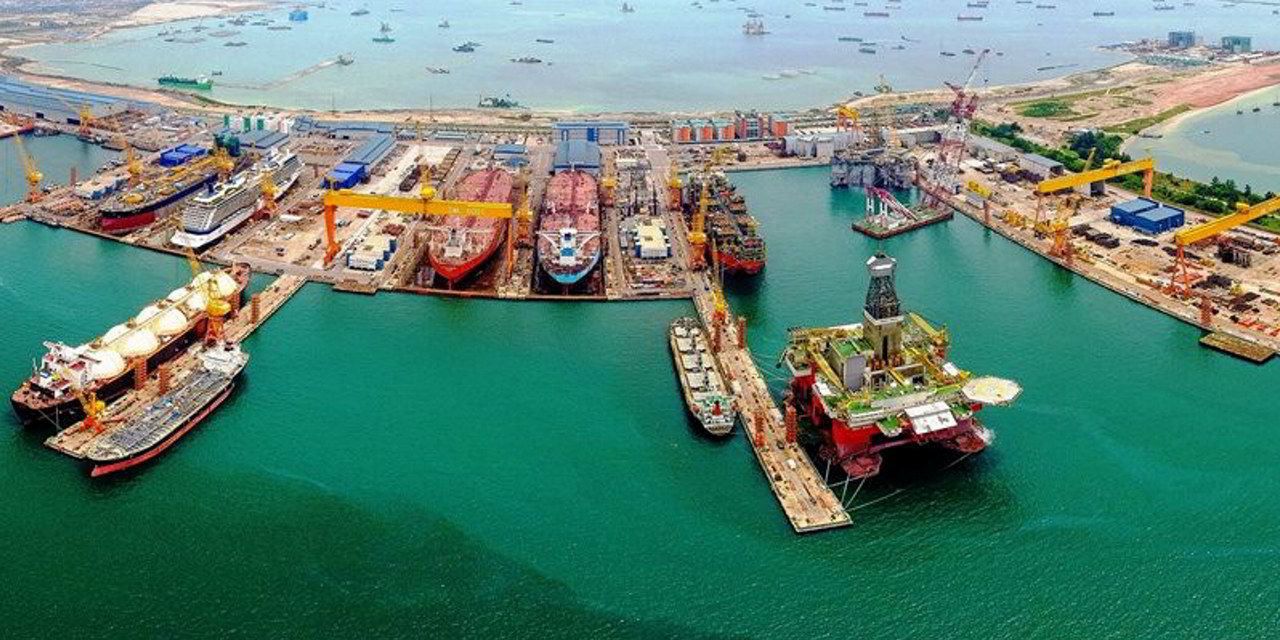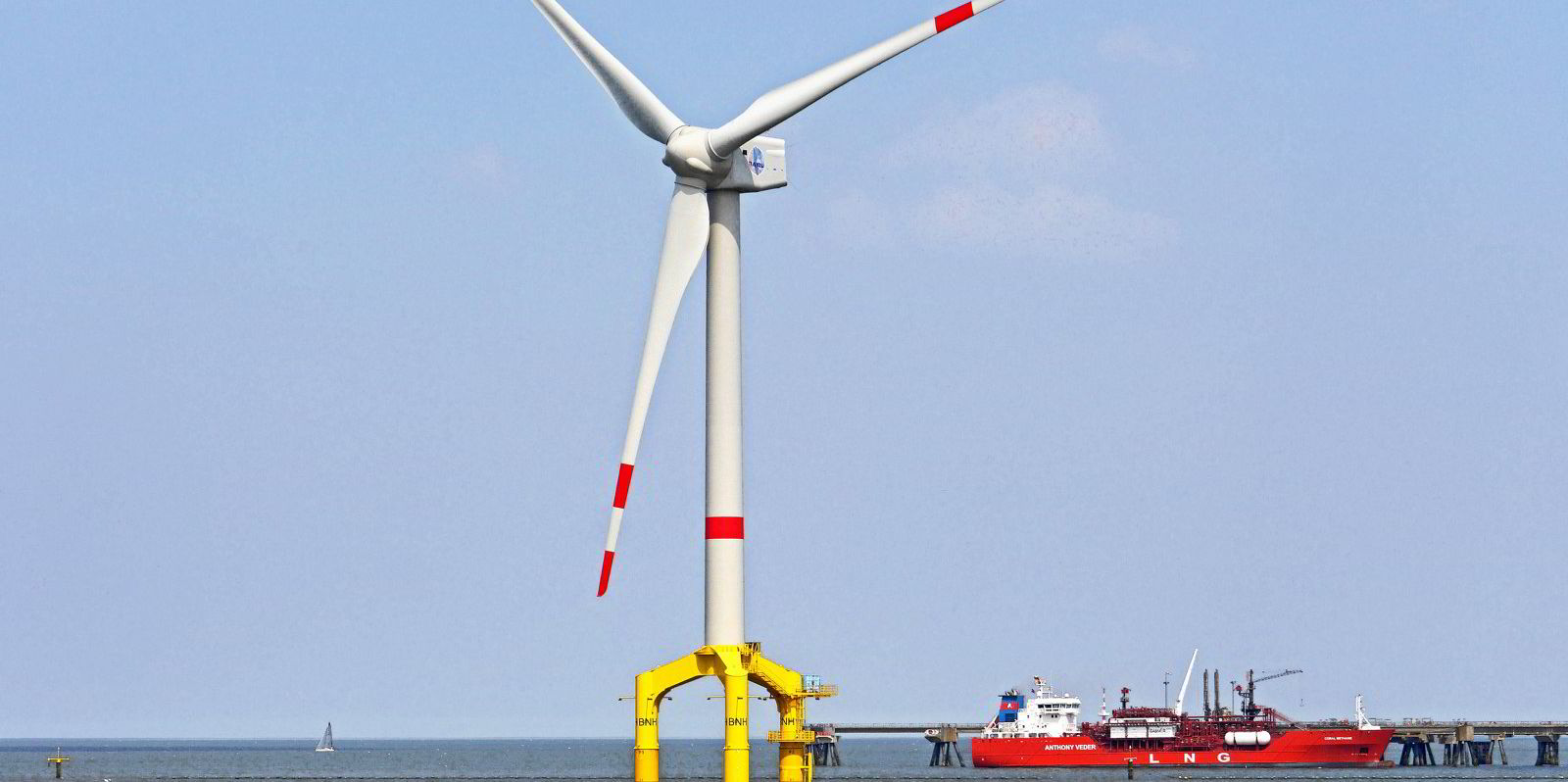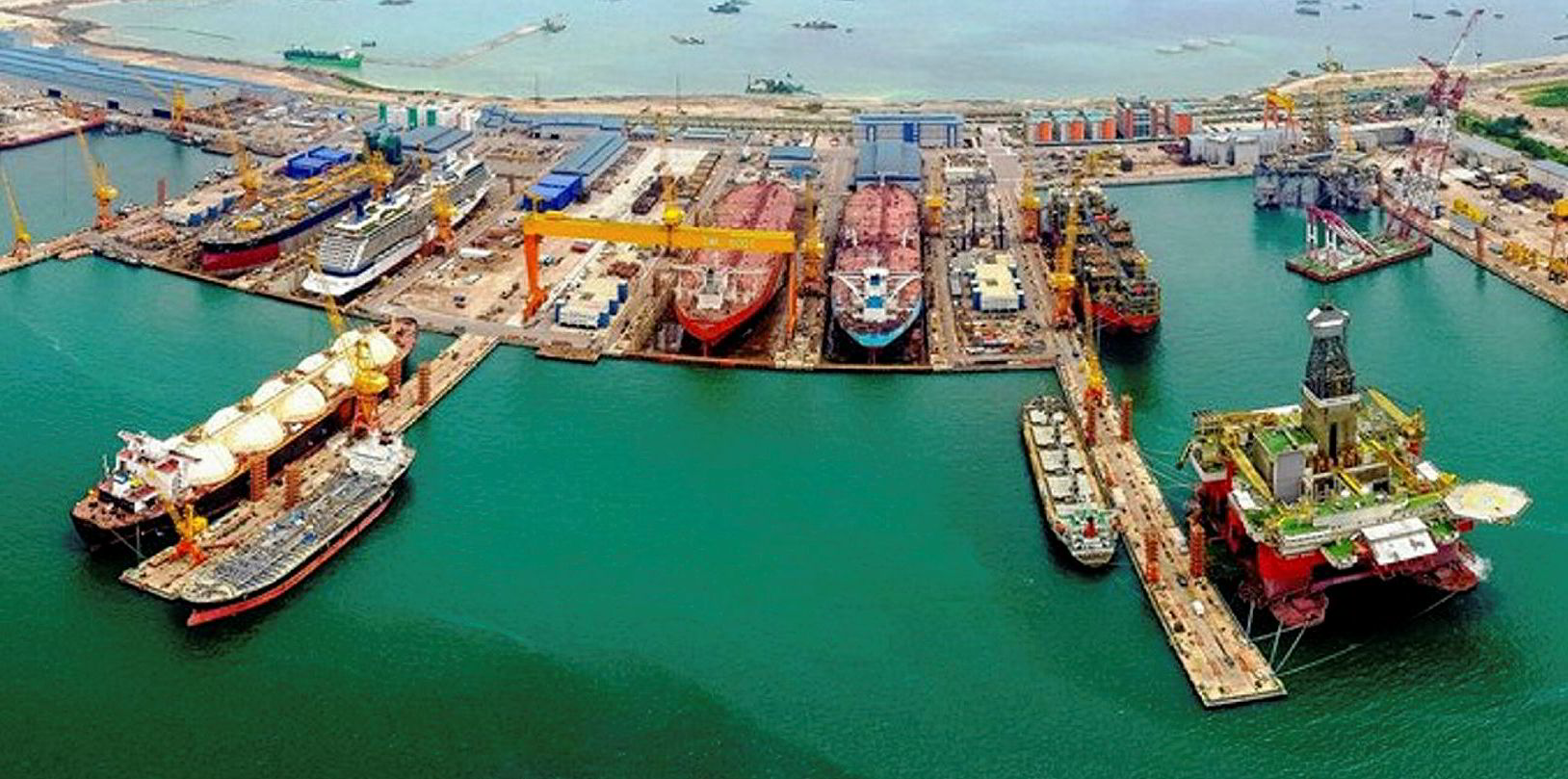Sembcorp Marine is pleased with a 2015 decision to pivot towards green energy.
The Singapore shipyard group has credited the move for sparing it the need to undertake a drastic restructuring of its business following big losses caused by the coronavirus pandemic.
President and chief executive Wong Weng Sun said on Tuesday that changes made six years ago have given it a head start in the green technology field.
“As global players in the world’s energy system transform and pivot in favour of cleaner energy, and build the appropriate energy infrastructure, it is anticipated that there will be increasing green opportunities," he said.
“Sembcorp Marine stands poised to benefit from this transition with innovative and sustainable solutions, underpinned by its technology bench strength across the global offshore, marine and energy value chain.”
The group revealed a SGD 583m ($441m) net loss for its 2020 financial year, from the net loss of SGD 137 incurred in 2019.
Revenue fell 48% to SGD 1.51bn from SGD 2.88bn, which financial director William Goh attributed to a lack of orders for rigs and floaters and a drop in the volume of repairs and upgrades.
Production stoppages and delays caused by Covid-19 also had a strong impact on revenue during 2020.
Wong cautioned that despite the present trajectory of a gradual economic recovery, it remains premature to predict a strong, sustainable recovery for the industry.
“Sembcorp Marine expects losses to continue,” he noted.
Winds of fortune
Despite the pessimistic outlook, the company did not announce drastic changes to its business model, in contrast to main domestic rival Keppel Offshore & Marine when it revealed a SGD 506m full-year loss in January.
Keppel wielded the axe on offshore rig building and low-value-adding ship repairs as part of a major restructuring designed to return it to profitability.

Sembcorp Marine, however, will continue with its strategic shift to turn itself into a green energy solutions provider for the marine sector.
It is taking an especially keen interest in offshore wind energy, which Wong described as still in its infancy, but which is expected to see investments of more than $1.5trn over the coming decades.
Sembcorp Marine has already become deeply involved in offshore wind, building jacket foundations, wind farm topsides and substations, and is working with a customer to design a wind turbine installation vessel.
Wong revealed that it is also developing a deepwater floating wind farm structure.
Sembcorp Marine wants to be involved in all parts of the wind energy value chain. While it will face stiff competition in the simpler parts such as near-shore jacket foundations, Goh said more complex work such as topside structures and installation vessels “play right into our core competencies”, especially as wind moves into deeper, harsher waters.
Shifting from rig building into wind has been relatively easy, as the same capabilities for building rigs and offshore platforms are used for offshore wind farm infrastructure. This allows it to deploy the same physical and human resources across both sectors.
Specialised shipbuilding
Although Sembcorp Marine has seen its offshore drilling shipbuilding activities grind to a near halt, it will not exit the rig and drillship markets, as it expects activity will eventually resume. It is just a question of when.
Goh said the company’s investment in green solutions should bode well for its rig building activities in the future, even though they are not the main focus right now.
He explained that rig building is usually driven by new designs, and he expects future rig designs to incorporate a high level of green technology.
The push for greener shipping will also boost specialised shipbuilding as enquiries come in for LNG bunker tankers and battery-powered ferries, vessels that Sembcorp Marine has on its order books and is proactively designing for expected future contracts.
The shift to gas also bodes well for floating storage and regasification unit newbuilding and conversion projects.
Green retrofits and upgrades should provide a boost to its repair division, which accounted for 28% of the group's 2020 revenue stream despite being severely affected by extended lockdowns placed on much of the shipyard labour force.








